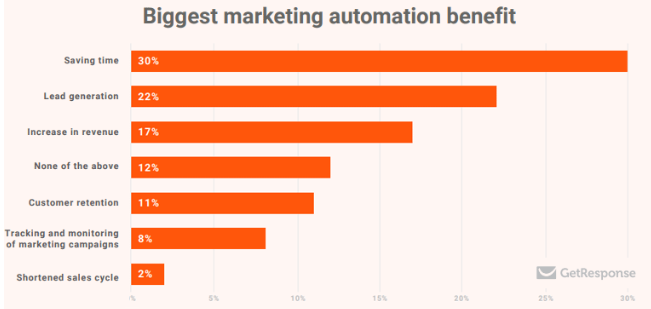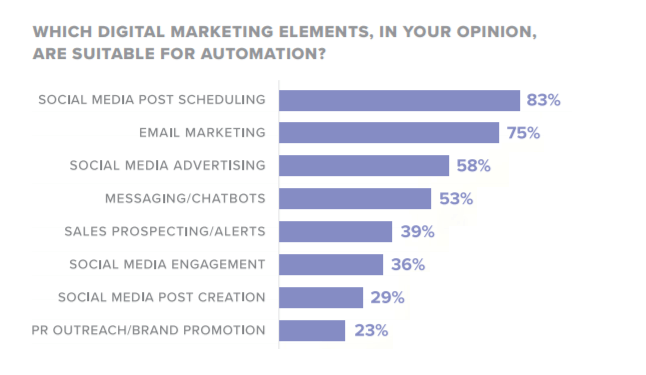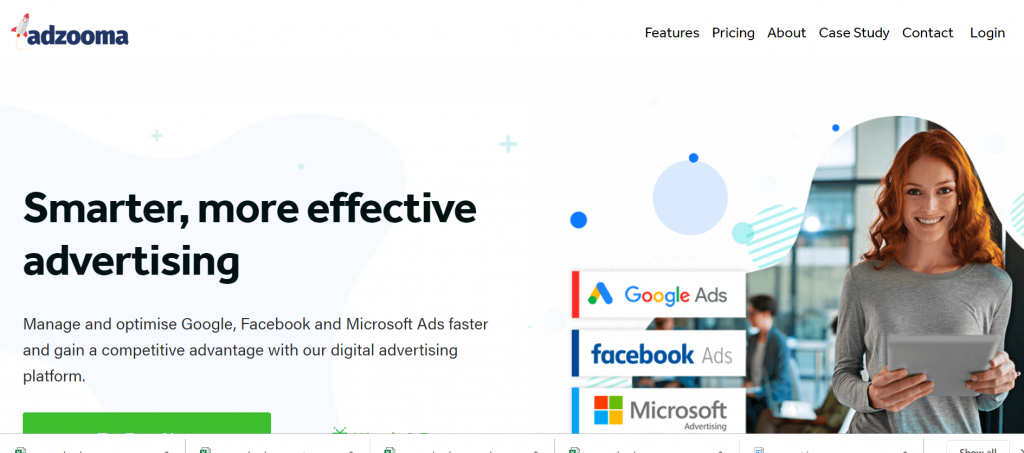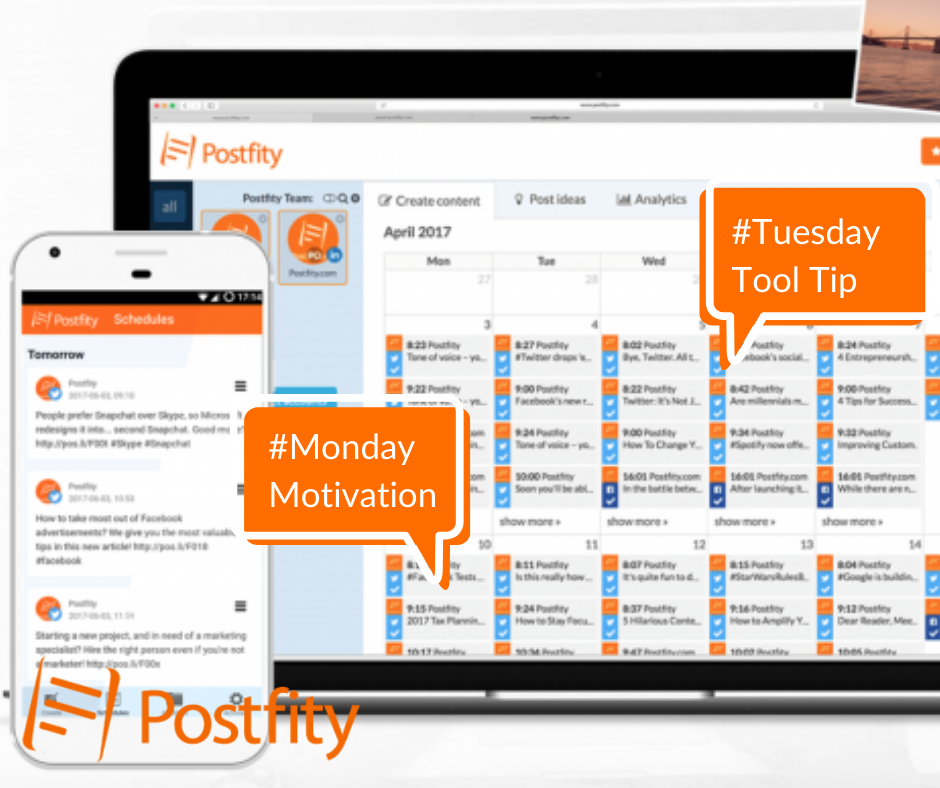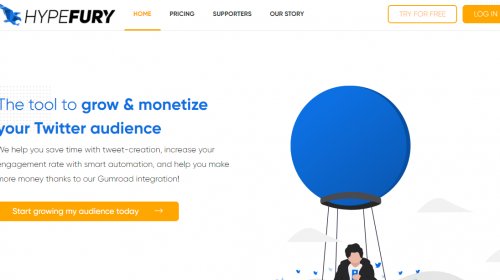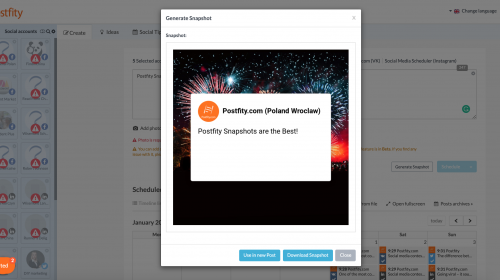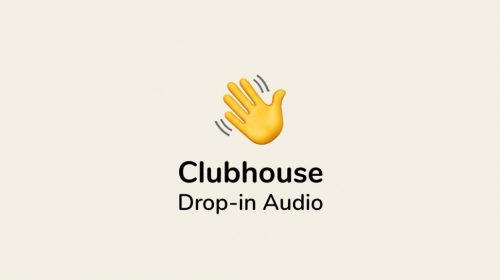However, there are certain rules to automation – some things that should be done, others that should be avoided, as well as general rules of thumb. Here are a few that you should keep in mind.
Source
Diversify your content
One of the laziest ways to go about social media automation is to create a canned post for every social media platform that you use. Whether it’s a link or image, you may create a single caption and roll with it across platforms. This is not a very good practice for several reasons.
First of all, the ideal number of characters is different for each platform. On Facebook, posts with around 100 characters perform the best, while on Instagram, you really shouldn’t go over three lines of text to get the best results. LinkedIn and Pinterest are networks that prefer more text as well. So, it’s best to create a variety of captions for one same piece of content to get the best results across different networks.
The second issue is that some type of content generally performs well on certain networks and on others – it doesn’t. Business news and case studies do really well on LinkedIn since this is the type of content that users want to read on this platform. Instagram is better for lifestyle content and product imagery, on the other hand.
The point is, even though you may be tempted to put together a post and hit “publish” in your social media automation tool, it’s worth spending more time to adapt the type and format of content to a specific social media platform.
Source
Think about the volume of content
Most social media managers are concerned about the time of the week and day they create their social media content, which is pretty relevant. However, there is something even more important – the volume of the posts you create. Each platform is an ecosystem and its users are accustomed to a certain type and volume of content.
For example, your Facebook users are used to seeing one post per day, while on Twitter, it’s perfectly acceptable to create 10-20 tweets per day. This gives even more weight to the idea that while automation is beneficial, you should definitely strive to create unique content for each platform.
Speaking of volume, this is the prime spot to mention that the true value of automation is using social media scheduling apps and creating content for each platform and scheduling it instead of blasting all channels with the same number of messages. Five posts per day with the same content will be too little for Twitter and far too much for Facebook.
If you’re an agency owner who wants to inform their clients how many posts they will be making and on which social media platforms, one good place to show this bit of information is your social media marketing proposal (you can find some templates HERE) . That way, you can show the client that you’ll create the amount of content that their target audience will actually enjoy engaging with.
Use different tools for different platforms
If you truly want to save time, it’s a great idea to get one app to automate all of your social media marketing. After all, if you can cover Facebook, Instagram, LinkedIn and Pinterest with one tool for one price, it seems like a logical choice to make. The problem is, a generalist tool will cover all platforms but won’t do every one of them equally well.
Instead, we suggest using a specific tool for a specific platform.
For example, Postfity performs really well for automating your posting and creating schedules on Facebook, LinkedIn and Twitter (the last two it also offers video scheduling). But Later is probably a better platform for Instagram, while Dux-Soup performs really well for LinkedIn.
You may be gripping your wallet now and wondering why you need a tool for each platform, but it’s necessary if you want to automate your scheduling and content properly. These social media platforms have major changes very frequently and you want a tool that keeps up and won’t get you blocked, restricted or shadowbanned. For this very reason, it’s best to get a separate tool for platforms which mean the most for you in terms of followers and conversions.
Content curation helps with social media automation
There is a major demand for content and you really want to share as much as possible on any given network to grab your followers’ attention. However, you can only create so much of your own content before burning out. The good news is, your followers will love consuming content which you share but someone else created. According to research, companies that share curated content get 33% more clicks compared to those that don’t.
While content curation is a very tedious job when done manually, there are plenty of tools to make your job easier. These tools let you pick your category and then send you content from that category (which ideally, interests your followers as well) so that you can share it and get their attention.
Some tools which we recommend include Quuu, Curata and Feedly. Essentially, every tool that sends out manually curated content from a variety of categories is a good one. Remember, you want actual people behind these tools to choose content for you so that you can automate the posting and scheduling.
Invest in social listening as well
When we talk about social media automation, most marketers will think about scheduling posts and automating the act of publishing content. There is, however, something equally important – social listening. No matter how diligent you are, there is no way you’ll be able to spot every mention of your brand and name on every social media out there.
Social media listening is not a new concept. However, most marketers think of it as a fancy way to track when someone writes their company’s name. In reality, social media listening can uncover many things. It can show you how your followers are interacting with your content, find out which posts get the most engagement, which content you should be creating more of, etc. Just like any other social media metric, if it can be measured, it can be improved as well.
Wrapping up
Social media automation is a blanket term that many marketers misuse. Instead of thinking about it as mere social media post scheduling, think about it as a great way to save time, get in front of a larget target audience, analyze your content’s performance and in the end, get more people to hear about what you do.
Author bio:
Petra Odak is a Chief Marketing Officer at Better Proposals, simple yet incredibly powerful proposal software tool that helps you send high-converting, web-based business proposals in minutes. She’s a solution-oriented marketing enthusiast with more than 5 years of experience in various fields of marketing and project management.
